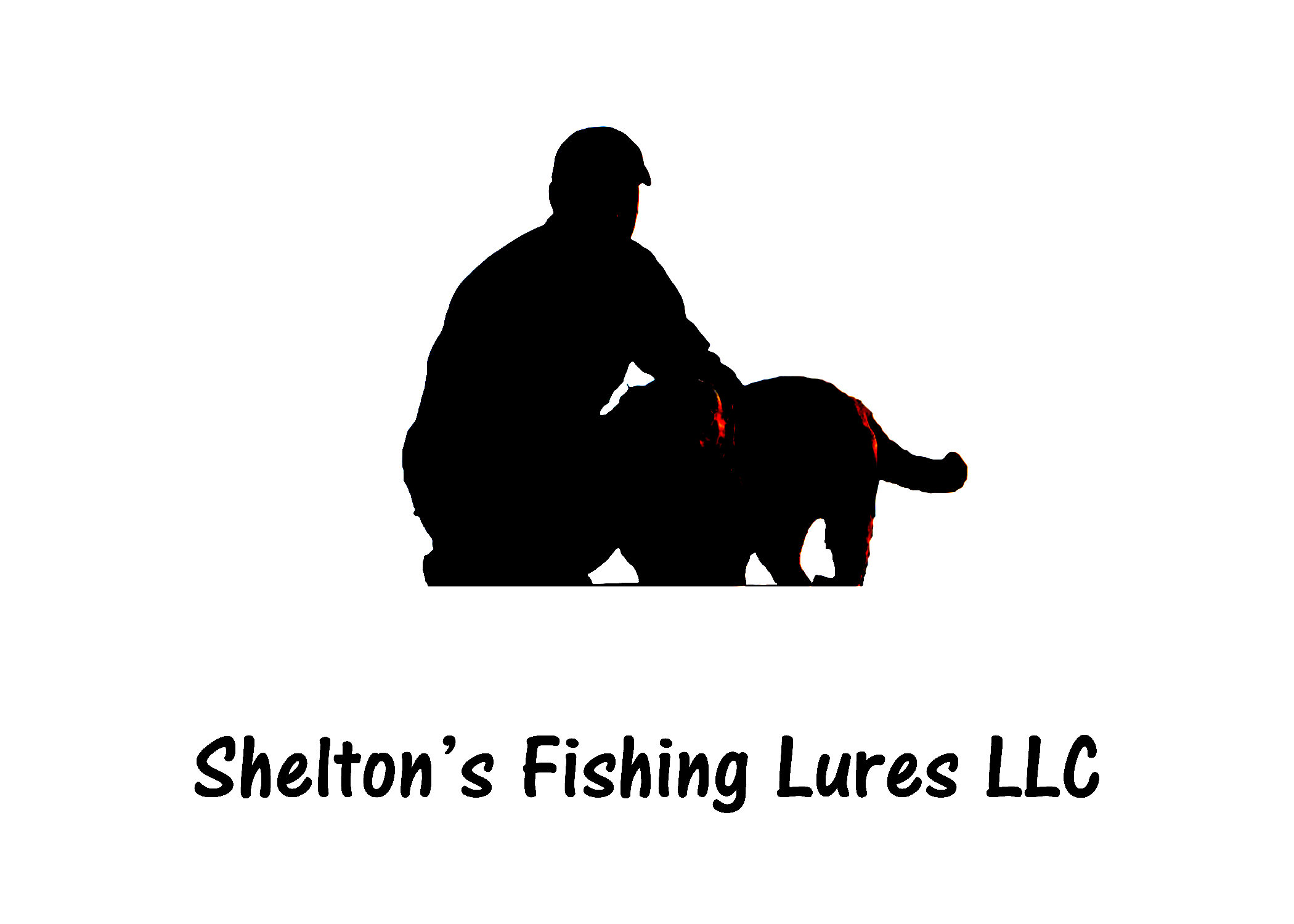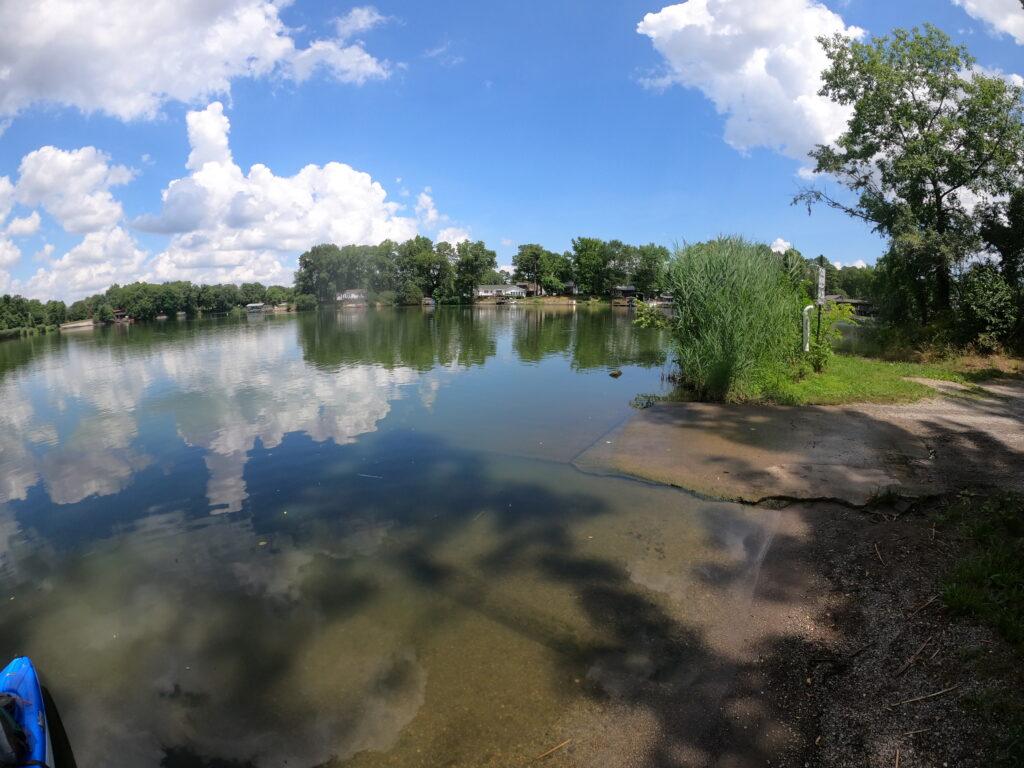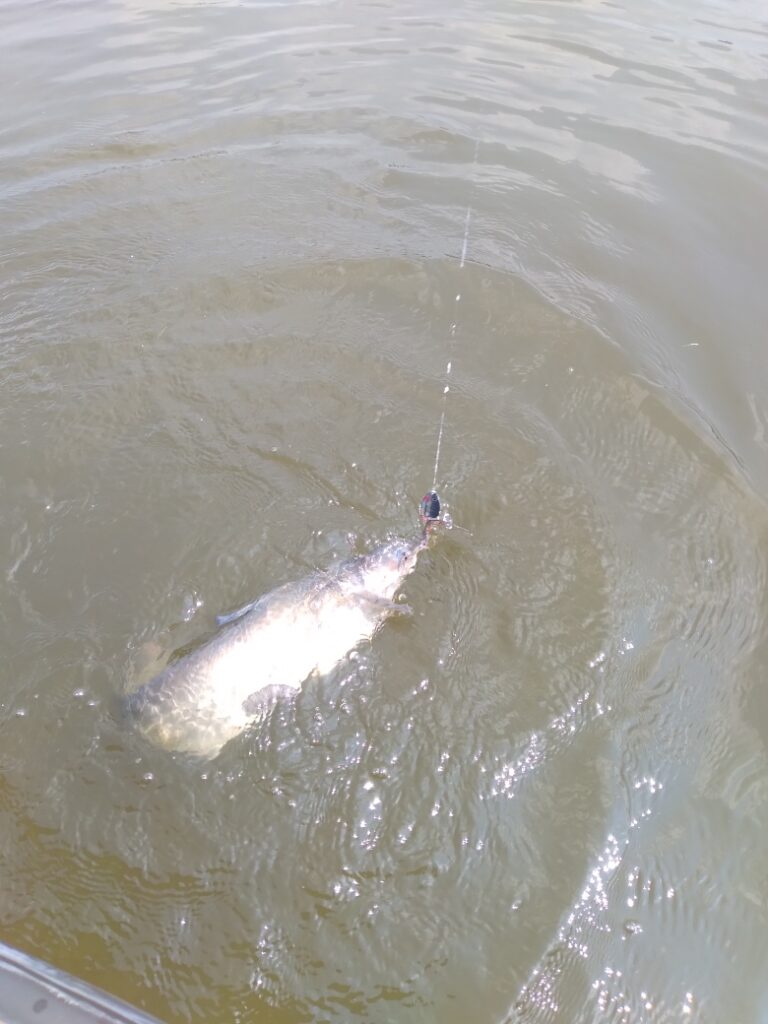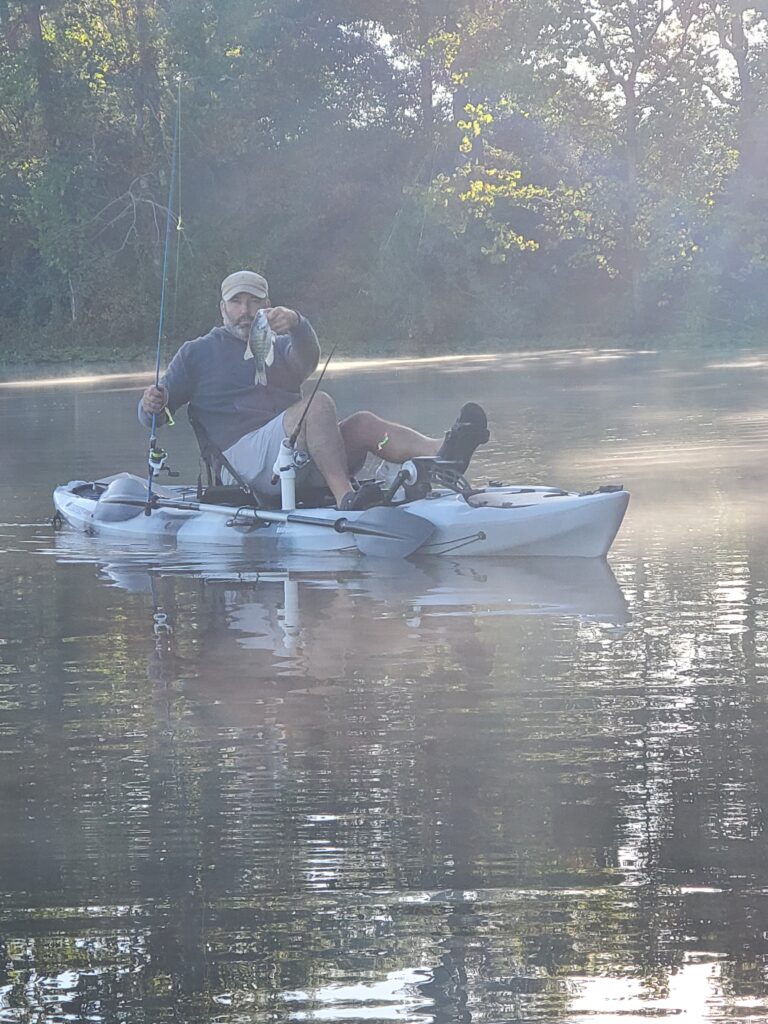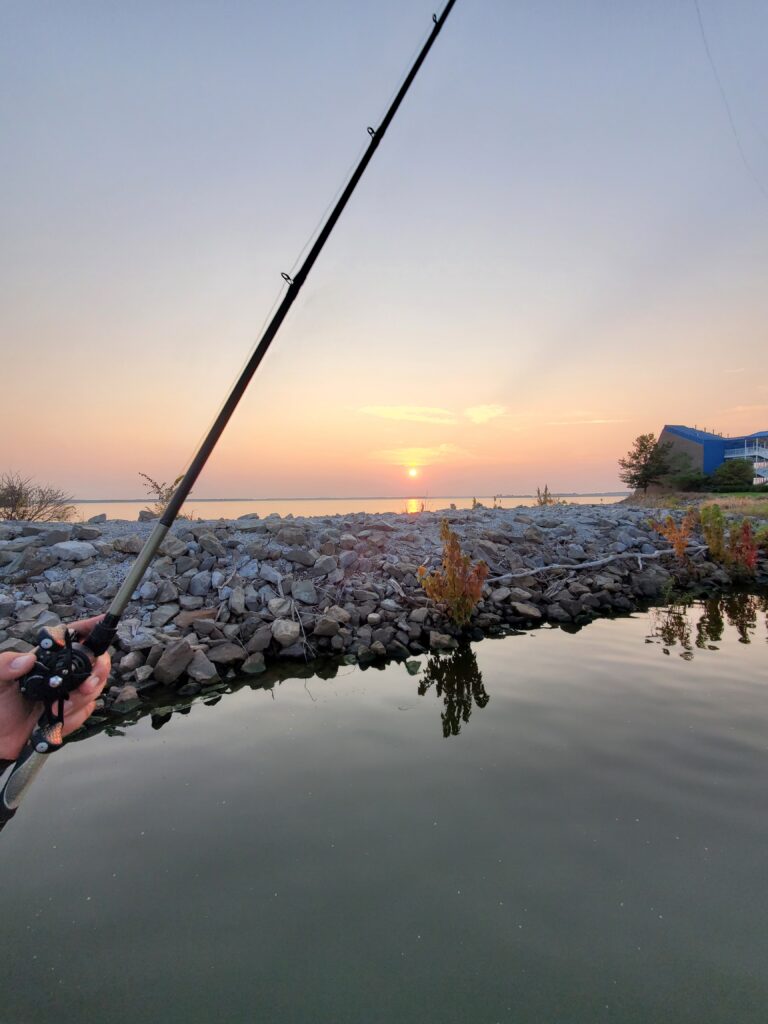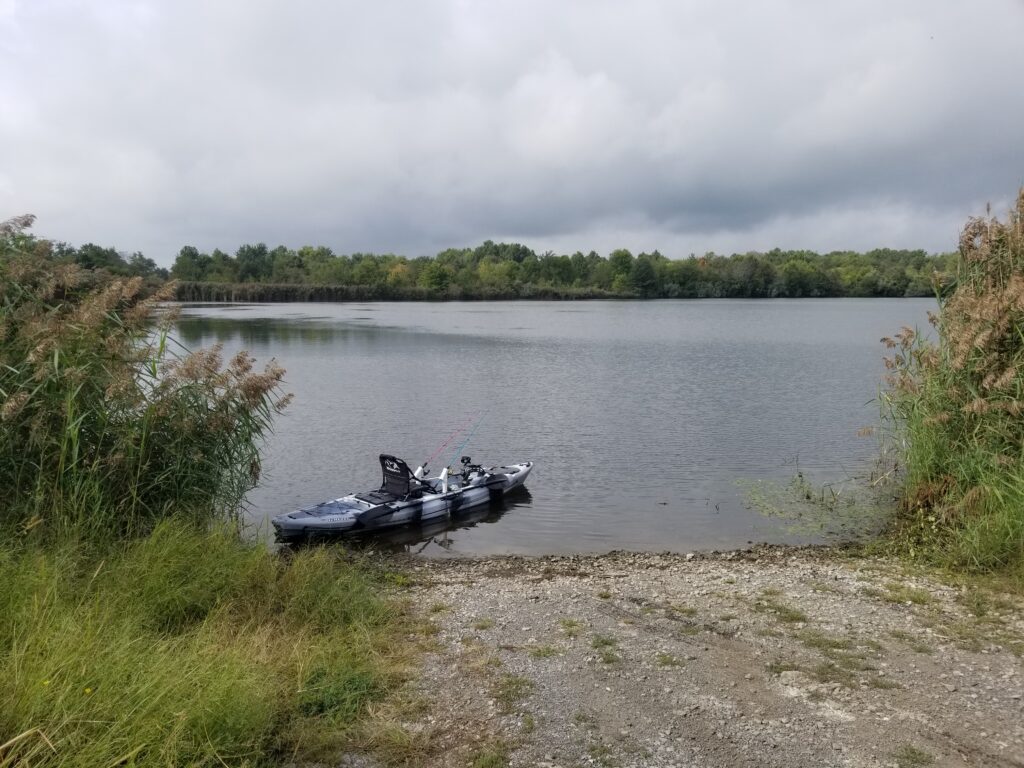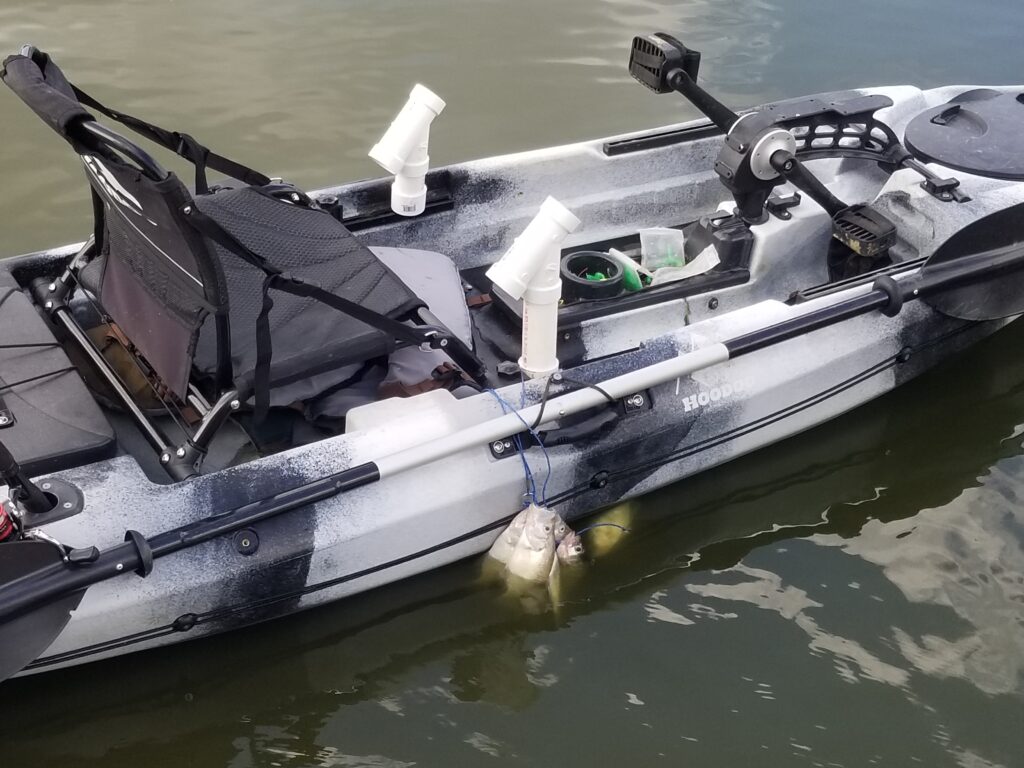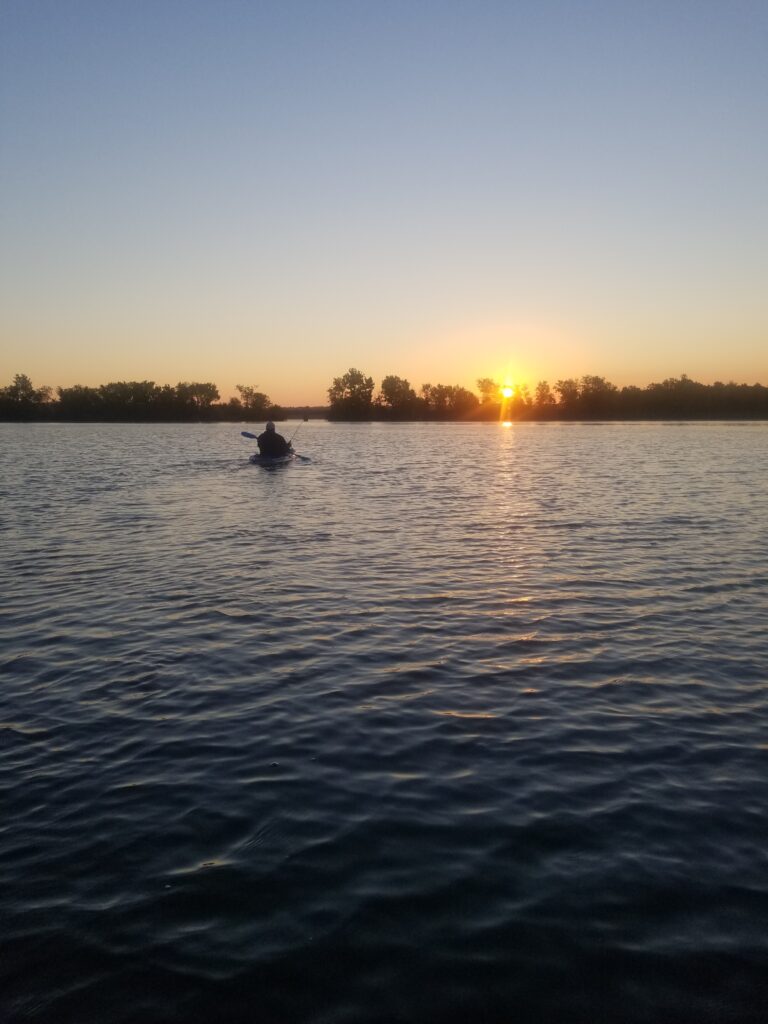Crappie, Tips and Tricks
Slip Corking For Crappie- The Ultimate Guide
Slip Corking Is A Highly Effective Way To Catch Crappie Throughout The Year!
There’s just something from my youth that I will never get over from fishing with my grandfather. Casting a line out with a bobber setting down on top of the water, then it standing up just in time to disappear under water indicating an imminent fight was on!
Now the majority of the time we were casting over the top of suspended bluegill and the cork was set only a couple feet above using a live worm.
Slip corking for crappie on the other hand requires some skill to learn first before you add it to your arsenal.
What Is A Slip Cork Rig?
Their are 5 basic parts to a slip cork rig:
-
-
- Slip Knot
- Bead
- Slip Bobber/Cork
- Split Shot
- Bait
-
While a little intimidating at first the rig is actually quite simple to grasp. Once you’ve assembled a few it won’t take much longer than five minutes to rig one up if you find yourself in the right situation.
The Slip Knot- The very first thing at the top of the list (and your line for that matter) is the slip knot. The basics concept is to have enough friction tied to your line which can stop a bobber, but loose enough to quickly adjust the depth. The tag ends are cut thin enough to glow through the rod’s guides in case you’re fishing really deep water.
Fortunately for us there are many styles that can be bought to simplify this part of the rig. While there are rubber style with wire that have become increasingly popular, my favorite remains the pre tied that set on top of a piece of tubing.
Simply run the tubing up your line, separate them, synch the knot, and cut the tag ends down to allow free flow through the guides.
The Bead- Not much here as far as complication goes. The bead provides a very simple but important function. It prevents the slip bobber from sliding up over the knot which would render the rig useless.
Bobber/Cork- The meat and potatoes. Traditional corks have hooks on each end to snap it in place and is perfectly suitable for fishing shallow depths. The slip cork is actually hollow on each end allowing for the the line to be threaded straight through. The allows a free flow that can only be stopped by the Slip Knot on the top and a Split Shot on the bottom.
Split Shot- A small lead weight attached to the bottom, which’s main job is to prevent the slip cork/bobber from sliding down onto the jig or hook. If not for this piece right here, often times the bait will actually catch onto the cork preventing it from reaching the Slip Knot.
Bait- Whether you go with a minnow or jig, you finally have come to the last piece of the puzzle. Use your favorite jig style or minnow to induce those bites!
Why The Slip Cork Is So Productive
Now that we have a basic understanding of the slip cork rig we will discuss the advantages and why we use it.
Setting The Depth
The first thing that comes to mind as an advantage is the fact that you can set your bait at the exact depth and maintain it until you decide to adjust.
This can work very well if you want to suspend your bait over a brush pile or log. If the structure is sitting in 20′ you can set your slip knot at 18′ and know the bait is just above the structure and out of range to be snagged.
Compact Rig For More Accuracy
The slip cork rig is heavy to begin with. In addition the weight slides down to the split shot allowing you to make very long casts! It will also allow ease to pitch under docks.
Stealth
Traditional tight lining over fish has been a great producer but on our clear lakes not so much. Slip corking allows us to cast over to the fish without them even knowing you’re there!
Steadiness
We will discuss farther in a bit but there are times when a jig must be held completely still in order to get bit.
When To Fish The Slip Cork
Winter

Certain seasons work better than others but winter is by far the best time to fish the slip cork! When water temperatures reach their lowest points most bait fish suspend and slow down. It’s at this time when tight lining we try to hold our jigs as still as possible waiting on the crappie to come up and thump.
The cork can accomplish this while we keep our hands warm with thick mittens. My favorite presentation is to fish under docks by placing the cork near a pillar with the bait sitting about a foot off the bottom. I will then leave the bait there up to a minute. Usually it only takes ten to fifteen seconds to know if the fish are there and will cooperate. Hair jigs are my go to this time of year.
Spring
The fish are moving shallow and it’s time to follow suit. Crappie will seek out protective cover to lay their eggs. On my home lake this means buck brush and stumps. Buck brush in particular holds the majority of our fish. The slip cork rig is the perfect setup due to its compact size.
I take a Shelton’s Curly Tail and sit my slip knot at about ten inches and drop it as close to the base of the brush as I’m allowed to get. When the fish are there it takes seconds before the cork will disappear…Be Quick!!! or you’ll be retying another rig!
Summer
While not the most effective time of the year for me, summer does have it’s time and places where a slip cork will out perform other presentations. Deep clear lakes on sunny days will often times force me to bring out my box of beads and slip knots. Placing my boat about twenty to thirty feet away from my target allows me cast directly to the fish without casting a shadow over them.
Deep docks in the shady areas can also produce well this time of year. I always prefer a pillar dock pilling as opposed to free floating docks, but if the dock reaches out close to a creek channel then I will opt there first. Minnows tend to outshine jigs this time of year.
Fall
In fall the crappie will start moving shallower again to feed up on thread fin shad and minnows. While I will continue to check brush piles and docks, I tend to concentrate on rocks and riprap. If you’re able to find rocks where the sun hits then start there first.
The warmth from the sun heating the rocks will attract shad who are more temperature sensitive and in turn attract crappie. Another thing common with rip rap is that steep drop offs come close to the bank allowing crappie ambush points.
If the drop goes from 4 foot to 8 foot I will usually start with the jig sitting 3 and a half feet. If bites are few and far between along the shallow areas then cast down the drop keeping the bait less than a foot off the bottom. Slowly retrieve it with pauses lasting up to ten seconds.
Once again I will go with the curly tail due to the cast and retrieve style.
What Are The Best Jigs To Use Under A Slip Cork?
I’ve somewhat covered my favorite baits to use based on the season. For a more detailed description please read my 8 best crappie jigs article.
Style Of Jig
If the jig sits completely stationary then your best bet is to use a hair jig or stinger style. Tubes will rank third.
If movement is required or the water is muddy then curly tail jigs in brighter colors are my go to!
Weight Of Jig
-
-
- Less than 3 feet deep I use a 1/32oz Jig Head
- Four to eight feet deep I use a 1/16oz Jig Head
- Anything over I typically use a 1/8oz Jig Head
-
Weight is tricky but my starting point is the depth you’re covering. If I’m fishing less than a few feet I will usually fish a 1/32oz weighted jig.
Now if we go a little deeper up to about eight feet, I will opt for 1/16oz.
Anything deeper than that, I may be forced to use a little bigger cork/bobber and then tie on an eighth ounce jig head.
Conclusion
When it comes to crappie fishing, the two things that excite me most are winter, and slip corking!
Nothing beats casting along the rocks or above a dock and suddenly seeing your cork disappear. Add to the fact the fish you’re catching taste the best this time of year then you’ll see why my tackle box is full of beads and corks!
Soon I will share my best tips on vertical jigging!
Happy fishing!
